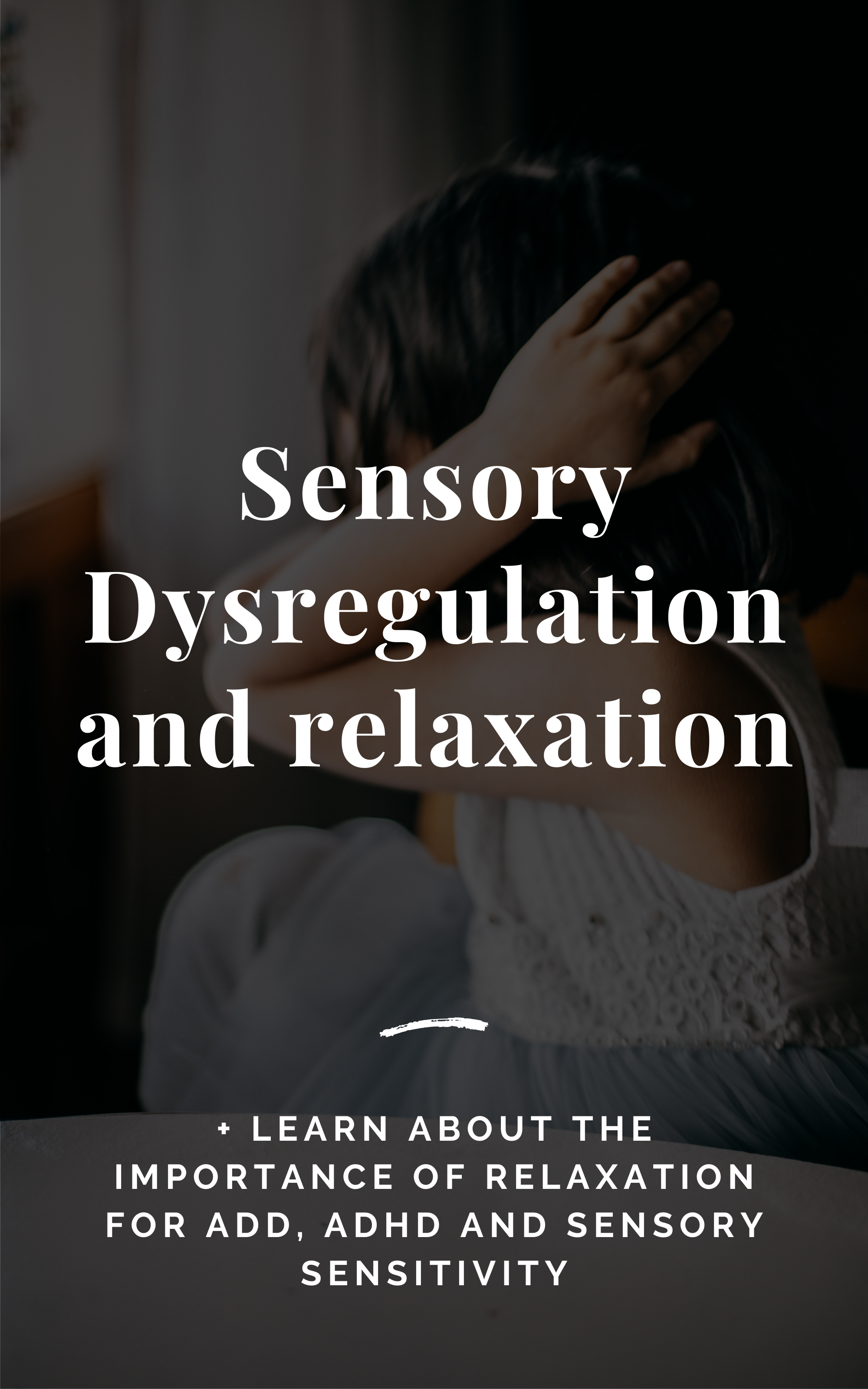Do you ever wonder if you can have a redo in life?
Well, while time travel has not been invented yet, and therefore we can’t actually redo the events of our lives, but we can redo our psyche’s experience of them. This is called a renegotiation or renegotiating trauma.
My first exposure to renegotiating trauma was through studying Peter Levine’s work with somatic experiencing. Levine refers to the renegotiation of a trauma as having a different, less traumatic ending. It also suggests that we give the nervous system a chance to do what it wanted to do instead of being inhibited. I am defining trauma as any big, or small event that disrupts our nervous system, sense of safety, time and attachment.
Over the years of being a psychotherapist I have realized that sometimes there needs to be a renegotiation of trauma in terms of development. When trauma happens, it can often interfere with a developmental stage. This creates a holding pattern where we get stuck and don’t finish that stage. All of our developmental stages are important for becoming a fully actualized adult and person. If we skip one, then we are lacking the skills to be an adult in some way.
My understanding of renegotiating trauma in this instance is going back and giving our inner child the parenting they would have needed to complete the developmental stage. I see this often with the stage of individuation. Individuation happens during the teen years when we learn to separate ourselves from our parents, trust our own opinions and have self confidence in ourselves. Many of us get stuck in this phase. This results in low self-confidence, codependency, maladaptive strategies involving manipulation and an inability to fulfill our own needs. I often guide my clients to give themselves the parenting they would have wanted to go through this stage. We talk about learning new skills which come with this stage. Another younger stage that can get interrupted is the stage of learning to self soothe. This can get interrupted with more overwhelming trauma and results in a teen or adult who cannot self soothe. Their emotions become big and unregulated. This make sit hard to maintain any meaningful relationships and can lead to major depression and anxiety. In therapy, we work on learning how to self soothe and renegotiating the parenting they needed to feel soothed.
Peter Levine’s famous example of a somatic renegotiation, is a male client of his who had a motor cycle accident and fell on the pavement. Levine had the man fall on a soft mattress so that he could experience a different ending that was less traumatic. I have swaddled children and adults in session with a blanket to give them the feeling of safety that they never got as babies.
You too can renegotiate your trauma. When you notice you are being critical towards yourself or having fear of abandonment or needing validation, try talking to yourself in the way you seek from others. Be that archetypal loving mother and renegotiate what you didn’t have. Offer yourself love and compassion. Give yourself a bio feedback hug and squeeze yourself tightly. These are ways of doing a very impactful redo! I hope this helps just one person reading this post. If you have more questions write them below and I will answer them. As always, from my heart to yours,















